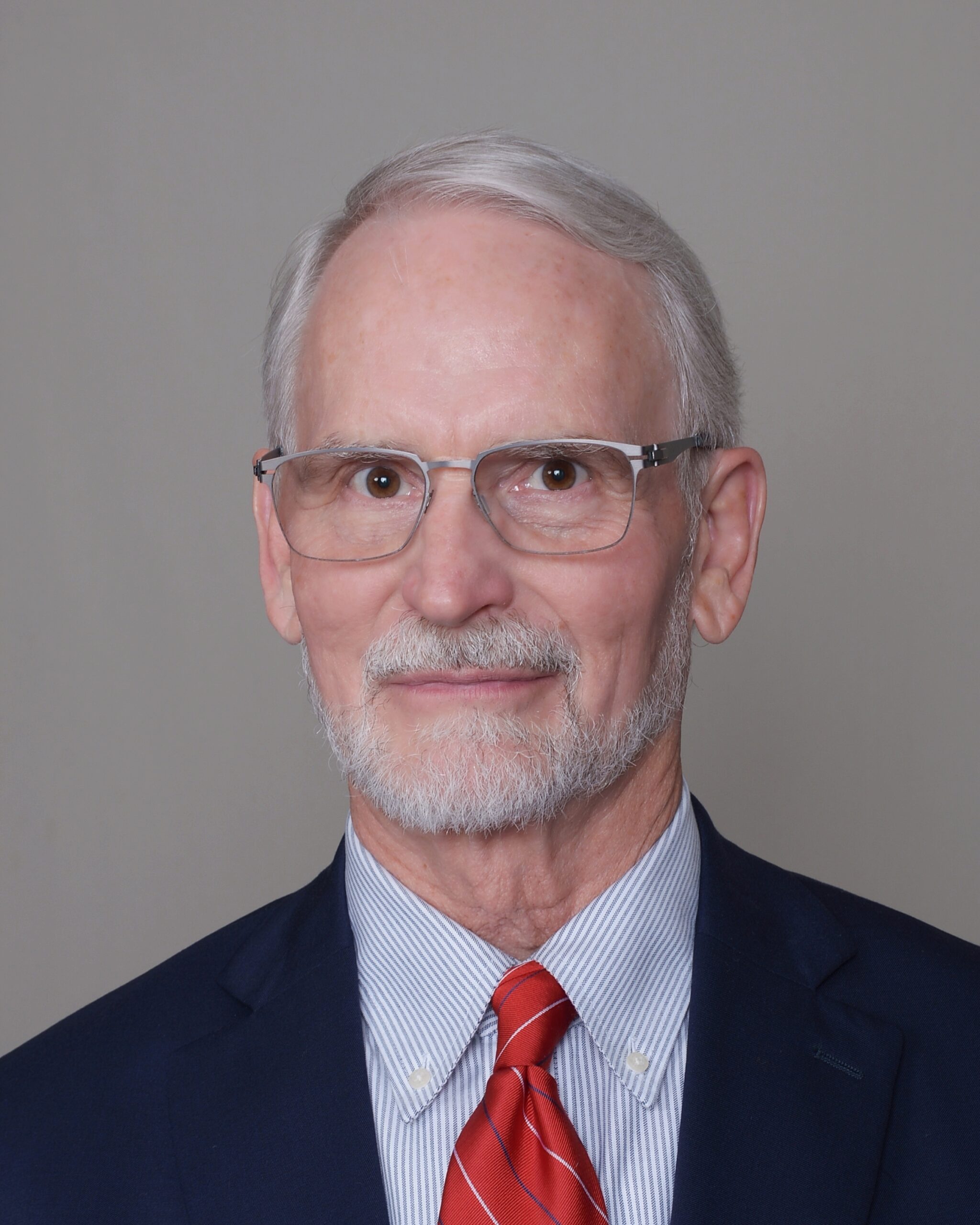Techniques for Spot Sampling Gas
While inaccuracies in measurement can be costly and common, they are also avoidable in most cases. Technicians willing to study the experiences and best practices of industry leaders can make a world of difference by applying what they’ve learned and sharing the knowledge shared in this paper with others. This paper aims to describe spot …




